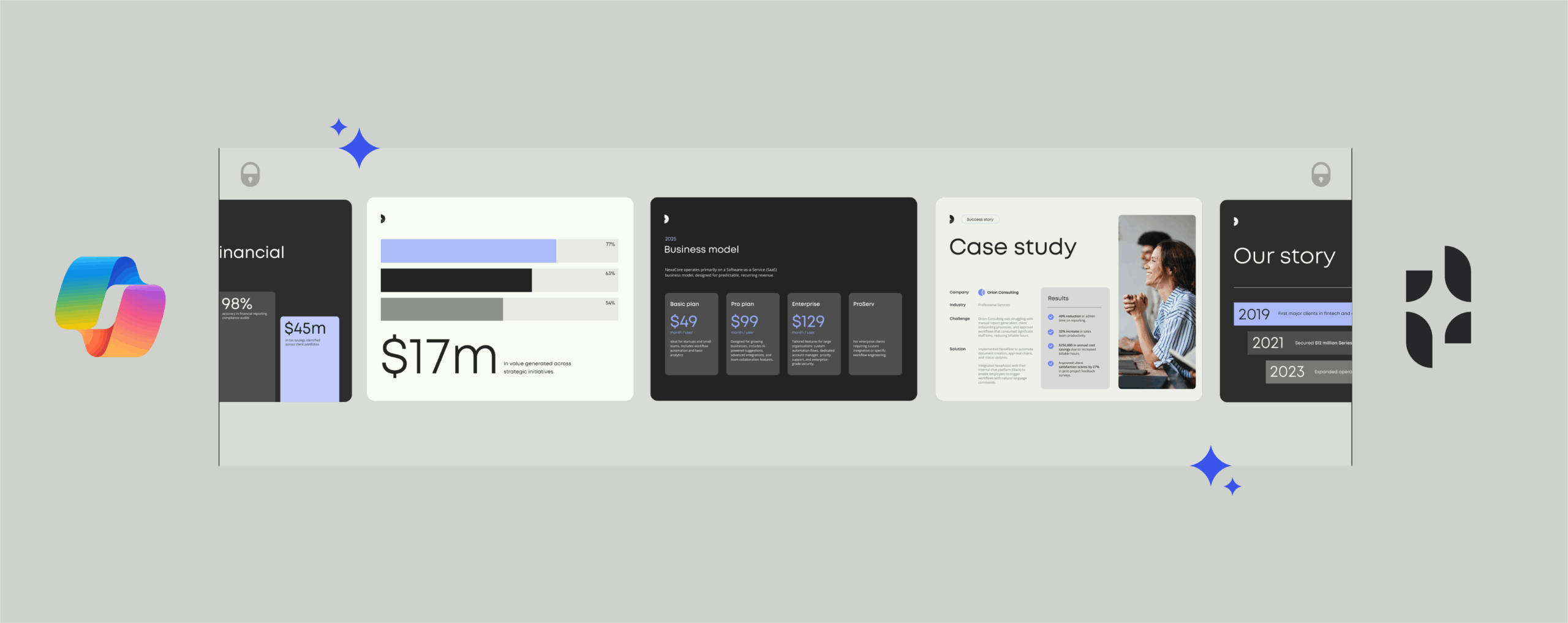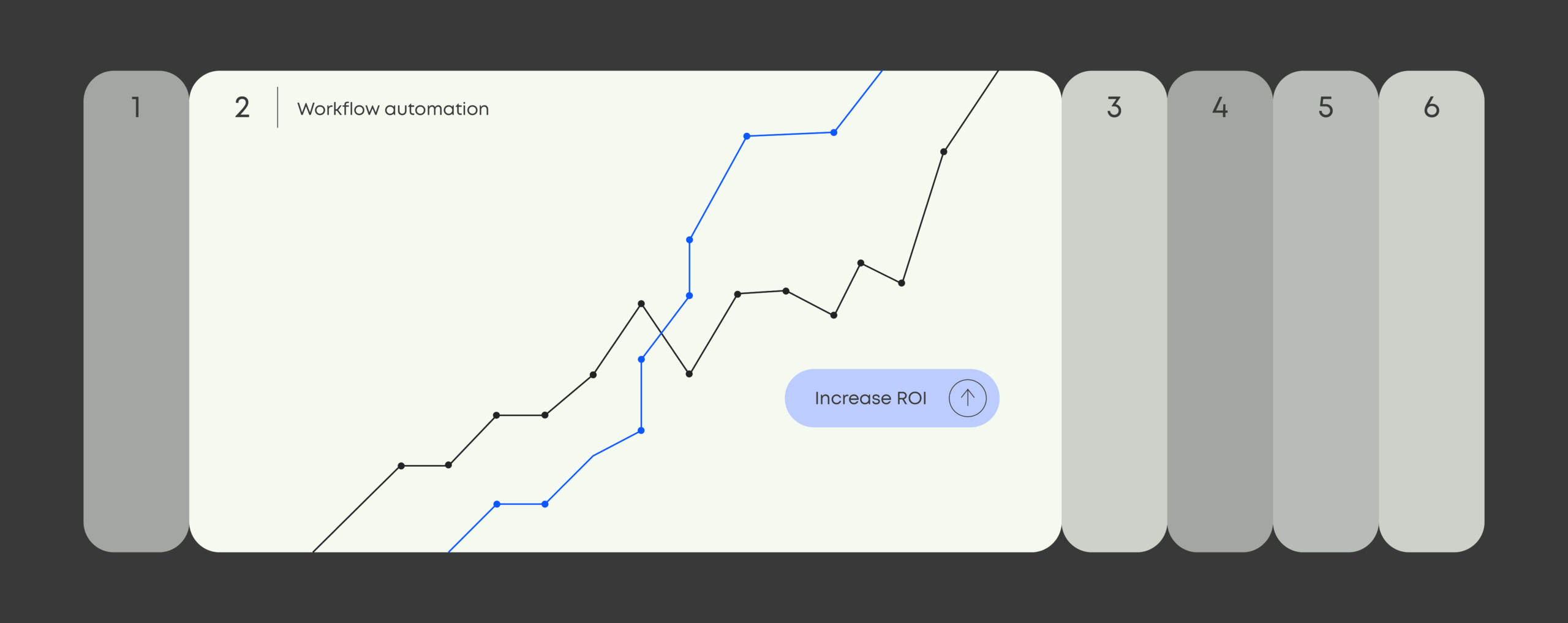SOC 2 compliance explained: Reports, audits, and how to stay secure
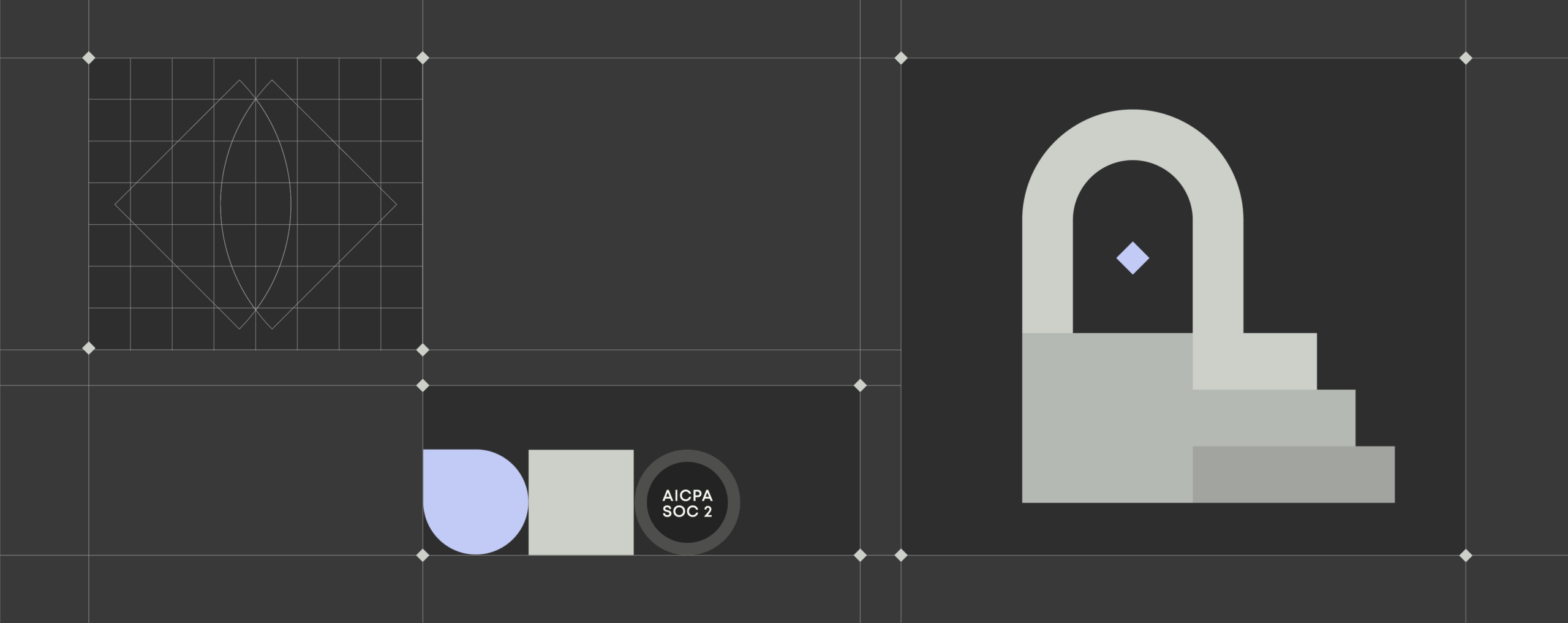
Why SOC 2 matters for data security and how automation helps you maintain it.
Every business that handles sensitive data makes an explicit promise to keep that data safe. SOC 2 is how companies prove they’re able to do that.
Created by the American Institute of Certified Public Accountants (AICPA), SOC 2 sets a global standard for managing data securely and responsibly. It defines what safety looks like when it comes to protecting information, maintaining availability, and ensuring privacy.
For organizations that rely on automation to create and manage documents, SOC 2 is a foundational requirement. It builds the trust that allows enterprises to scale digital workflows without compromising security or compliance.
What is SOC 2?
SOC 2 is a compliance framework designed by the American Institute of Certified Public Accountants (AICPA) to ensure that service providers manage customer data securely. It focuses on five key areas: security, availability, processing integrity, confidentiality, and privacy. Unlike general IT standards, SOC 2 is specific to technology and cloud-based services, making it essential for SaaS and enterprise software companies.
For enterprises, SOC 2 is evidence that their vendors can be trusted with critical information. Compliance helps reduce risk, protect customer relationships, and meet growing regulatory expectations. In industries like finance, healthcare, and legal services, SOC 2 certification has become a baseline requirement for business operations and ensuring long-term data security.
The five pillars of SOC 2 compliance
SOC 2 compliance means an organization has the right policies, controls, and systems in place to protect customer data according to the Trust Services Criteria (TSC). It’s not a one-time achievement but a continuous process that proves a company’s commitment to safeguarding information.
As discussed earlier, SOC 2 compliance is built around five core principles defined by the AICPA:
| Criterion | What it means | Example of control |
|---|---|---|
| Security | Protect systems against unauthorized access | Firewalls, multi-factor authentication |
| Availability | Ensure systems are accessible when needed | Disaster recovery plans, uptime monitoring |
| Processing Integrity | Ensure data is accurate and reliable | Automated validation checks |
| Confidentiality | Protect sensitive information from exposure | Encryption, access controls |
| Privacy | Manage personal data responsibly | GDPR-aligned privacy policies |
SOC 2 compliance requirements
To become SOC 2 compliant, an organization must implement and document internal controls that meet the Trust Services Criteria, then undergo an independent audit conducted by a licensed CPA firm. This audit evaluates the design and effectiveness of the company’s controls over a defined period.
Key steps typically include:
- Defining security and privacy objectives
- Mapping policies and procedures to the Trust Services Criteria
- Implementing monitoring tools and incident response systems
- Conducting readiness assessments and closing identified gaps
- Completing a third-party SOC 2 audit and receiving a report
85% of enterprise buyers require SOC 2 reports before signing contracts.
What is a SOC 2 report?
Stay secure and compliant
Stay up to date on best practices for document security and compliance. Get clear advice and the latest news to protect your organization.
A SOC 2 report is the formal result of an independent audit assessing how well an organization protects customer data according to the Trust Services Criteria. It includes:
- Management assertion confirming systems meet required criteria
- System description detailing services, infrastructure, and controls
- Audit objectives and scope
- Auditor’s independent opinion on control effectiveness
- Test results and any exceptions identified
These reports are primarily intended for customers, regulators, and business partners. Sharing them (often under NDA) strengthens customer and investor trust, speeds up vendor approvals, demonstrates accountability, reduces lengthy security questionnaires, and provides competitive advantage in compliance-driven industries.
Benefits of sharing SOC 2 reports:
- Strengthens customer and investor trust
- Speeds up vendor onboarding and procurement approvals
- Demonstrates transparency and accountability
- Reduces the need for lengthy security questionnaires
- Provides a competitive advantage in industries where compliance is mandatory
SOC 2 Type 1 vs SOC 2 Type 2
When a company completes a SOC 2 audit, it receives either a Type 1 or Type 2 report.
Type 1: A snapshot showing that an organization has properly designed and implemented controls at a specific point in time. It answers: “Are the right systems in place right now?” This foundational view is ideal for younger or fast-growing companies wanting to prove their security framework is sound.
Type 2: Measures how controls operate in practice over 6–12 months, answering: “Do these controls consistently protect data?” Because it reflects real-world performance and operational maturity, Type 2 provides higher assurance and is often preferred by enterprise customers and procurement teams.
| Category | SOC 2 Type 1 | SOC 2 Type 2 |
|---|---|---|
| Purpose | Evaluates control design | Evaluates design and operational effectiveness |
| Timeline | One point in time | Continuous period (6–12 months) |
| Key question | “Are the right controls in place?” | “Do the controls work consistently?” |
| Level of assurance | Foundational | Advanced |
| Best suited for | Start-ups, first-time compliance | Established vendors, enterprise clients |
| Customer perception | Demonstrates readiness | Demonstrates proven reliability |
What is a SOC 2 audit?
A SOC 2 audit is an independent assessment conducted by a certified public accountant or AICPA-accredited firm to verify whether an organization’s security controls meet the Trust Services Criteria.
The audit process:
- Scoping: define which systems and criteria will be evaluated
- Readiness assessment: identify and address control gaps
- Evidence collection: provide documentation for testing
- Audit testing: review controls over the defined period
- Reporting: auditor issues final SOC 2 report
Timeline: Type 1 audits typically take 4–8 weeks. Type 2 audits require a 6–12 month observation period, plus time for evidence gathering and reporting. Most companies begin preparation months in advance, documenting policies, implementing security tools, and conducting internal readiness audits.
Choosing an auditor: Select a firm experienced in security and compliance that understands your technology stack, communicates clearly throughout the process, and provides practical recommendations for continuous improvement.
Ellen recommends
Templafy’s secure approach to managed AI
Unlock the productivity gains of GenAI without sacrificing security. Learn how our AI Assistant, built on Microsoft Azure OpenAI or your own trusted AI model, safeguards your data at every step.
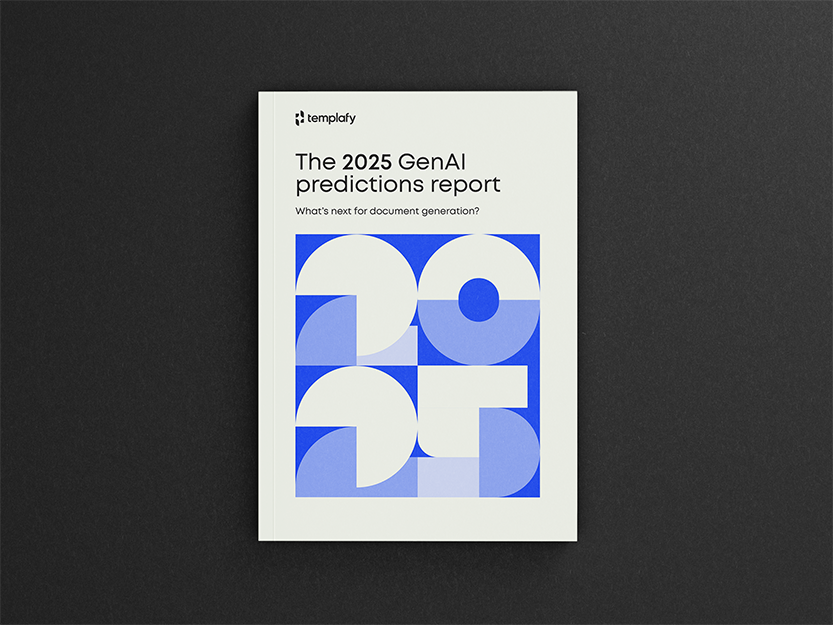
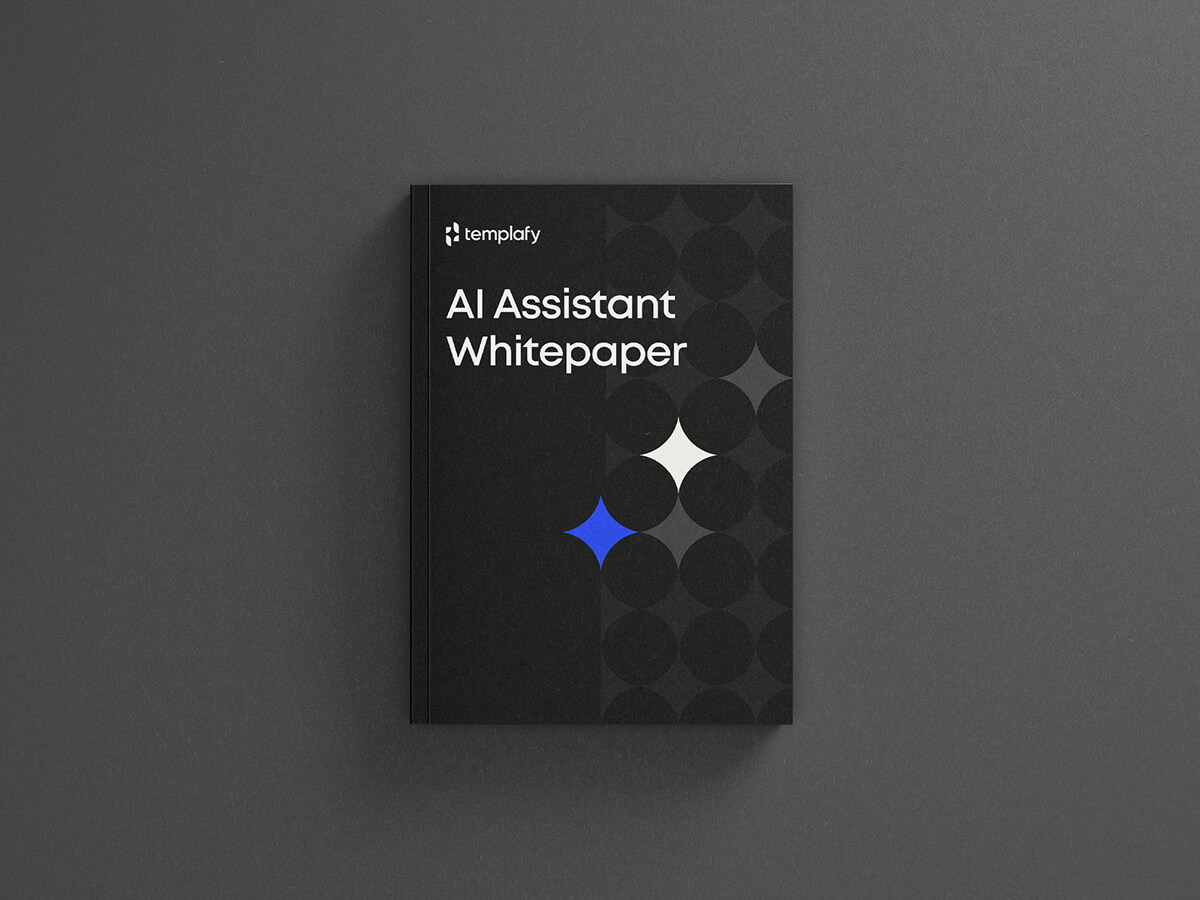
How to achieve SOC 2 certification
SOC 2 certification is formal recognition that an independent auditor has verified your organization’s controls meet the Trust Services Criteria. Unlike ISO standards, there’s no central issuing body. The SOC 2 report itself serves as certification.
To achieve certification:
- Define scope and objectives aligned with the Trust Services Criteria
- Implement and document required controls
- Undergo independent testing and verification
- Review findings and maintain continuous monitoring
Certification is valid as long as organizations meet the criteria, though most renew annually to prove ongoing effectiveness.
Common challenges: Undefined security ownership, incomplete documentation, legacy technology gaps, resource strain, and third-party vendor dependencies. Overcoming these requires cross-department coordination and leadership support.
Benefits for enterprises:
- Builds trust with customers, investors, and partners
- Shortens vendor-approval and procurement cycles
- Demonstrates regulatory readiness and due diligence
- Reduces risk of data breaches and disruption
- Provides competitive edge in security-driven markets
What’s the difference between SOC 1 and SOC 2?
SOC 1 and SOC 2 are both frameworks developed by the AICPA to help service organizations demonstrate control over their systems and data. The difference lies in what they measure and who they’re d Both SOC 1 and SOC 2 are AICPA frameworks for service organizations, but they measure different things.
SOC 1: Assesses how a company’s controls impact a client’s financial statements. It’s typically required when a vendor’s systems could influence accounting accuracy or financial reporting. Most relevant for payroll providers, payment processors, accounting firms, and businesses supporting financial audits.
SOC 2: Evaluates controls for security, availability, processing integrity, confidentiality, and privacy. It’s designed for technology-driven businesses managing sensitive data. Applies to SaaS providers, cloud platforms, managed IT services, and professional service firms handling client information.
| Your primary focus | You likely need | Why |
|---|---|---|
| Handling client financial data or transactions | SOC 1 | Ensures your systems don’t impact financial reporting accuracy |
| Managing customer or employee data, cloud services, or sensitive information | SOC 2 | Demonstrates strong security and privacy practices |
| Both financial and operational controls matter | SOC 1 + SOC 2 | Comprehensive risk coverage, meeting multiple regulatory and client requirements |
Why SOC 2 matters for document automation
Business documents present a unique risk for enterprises. Sensitive information in contracts, reports, and proposals is constantly being shared across systems, teams, and borders. With tens or even hundreds of thousands of documents created every year, companies need a unified approach to managing business document creation.
Document automation platforms provide a solution, and for them, SOC 2 is non-negotiable. Without SOC 2-level controls for documents, organizations face critical risks: accidental data leaks through unsecured templates or outdated content, regulatory non-compliance (GDPR, HIPAA, financial standards), loss of customer trust after a preventable breach, and costly disruptions from mismanaged access or version errors.
By embedding automation into secure, compliant workflows, enterprises reduce manual handling, eliminate human error, and maintain full control over what data is used in every document created.
Get built-in SOC 2 compliance with Templafy
Templafy is SOC 2 Type 2 certified, meaning its security controls are not only well designed but proven to operate effectively over time. This reflects Templafy’s broader approach to enterprise security: proactive protection, continuous monitoring, and built-in compliance.
How Templafy ensures compliance:
- Hosted on Microsoft Azure with world-class infrastructure and encryption standards
- Continuous security monitoring backed by regular third-party audits and vulnerability testing
- Data segregation by tenant and strict role-based access controls
- Automated document creation using only approved templates and brand assets
- Sensitive data pulled directly from verified systems, minimizing manual error
| Competitors | ISO 27001 | ISO 27017 | SOC 2 | M365 Certification |
|---|---|---|---|---|
| Templafy | ✓ | ✓ | ✓ | ✓ |
| Microsoft (Copilot) | ✓ | ✓ | ✓ | ✓ |
| Gamma | ||||
| Beautiful AI | ✓ | |||
| Plus AI | ✓ | |||
| Pitch | ||||
| Canva | ✓ | ✓ | ||
| Magic slides | ||||
| AI Doc Maker | ||||
| Seismic | ✓ | |||
| Upslide | ✓ | |||
| Pandadocs | ✓ | *for Gantt Chart feature | ||
| Conga | ✓ | ✓ | *for Teams Integration | |
| Empower | ✓ |
Automated compliance is the new standard
Regulations evolve, audits get stricter, and the cost of a single oversight keeps rising. Staying compliant today means managing a constant flow of information, documents, and decisions.
That’s why automation matters. It turns compliance from a manual chore into a built-in system of checks and safeguards. Instead of relying on individuals to remember every rule, automation ensures policies are followed by default.
Eliminate document risk with Templafy
See how Templafy ensures the strongest privacy and security standards. Book a demo with one of our specialists to see how automation can help keep your documents compliant at scale.


